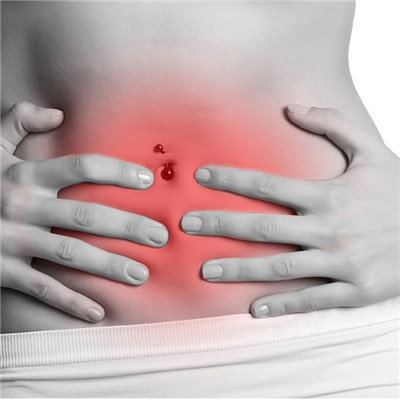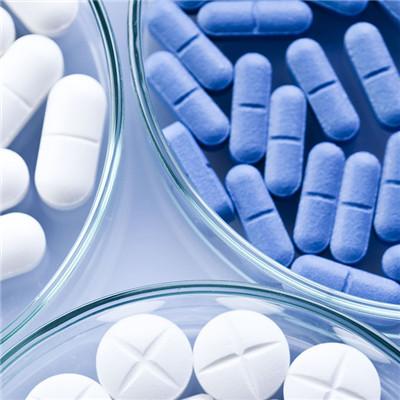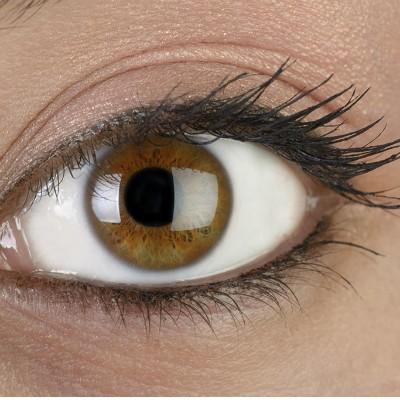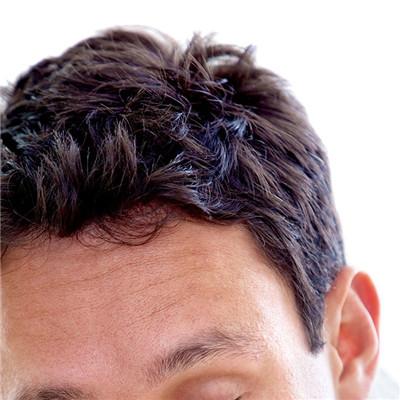Cervical lymph node hyperplasia symptoms?
summary
Lymph node is an important immune organ of human body. There are about 500-600 lymph nodes in normal people. According to their location, lymph nodes can be divided into superficial lymph nodes and deep lymph nodes. The main lymph nodes examined in clinical practice are superficial lymph nodes. In the early stage of deep lymphadenopathy, there is no manifestation, which can only be found through some special examination results, such as lymphangiography and radionuclide scanning. The diameter of normal lymph nodes is mostly in 0.2 ~ 0.5 cm, often in group distribution, soft texture, smooth surface, no tenderness, no adhesive edge with the surrounding tissue, except for the submaxillary, inguinal, axillary and other places can occasionally touch 1 ~ 2, generally not easy to touch. Due to inflammation or tumor and other reasons, lymph node enlargement can be touched
Cervical lymph node hyperplasia symptoms?
Bacterial infection: such as acute inflammation of the mouth and face, it often causes the swelling of the mandibular lymph nodes. The swollen lymph nodes are soft and have good mobility, and can gradually return to normal with the disappearance of inflammation.

Virus infection: measles, infectious mononucleosis can cause lymphadenopathy. Sometimes lymphadenopathy has important diagnostic value, such as rubella, often cause occipital lymph node enlargement.

Tuberculosis of lymph nodes: the most common type is enlargement of cervical lymph nodes. Some of them will be ulcerated, while others will not. Sometimes it is difficult to differentiate from lymphoma clinically. The method of diagnosis is to do lymph node puncture, smear and biopsy for many times, and find out the primary focus of tuberculosis.

matters needing attention
Lymphoma: lymphadenopathy is more common in the neck. Lymphoma is a primary tumor in lymph nodes or lymphoid tissue, with some lesions other than lymph nodes, such as tonsil, nasopharynx, gastrointestinal tract, spleen and so on.















